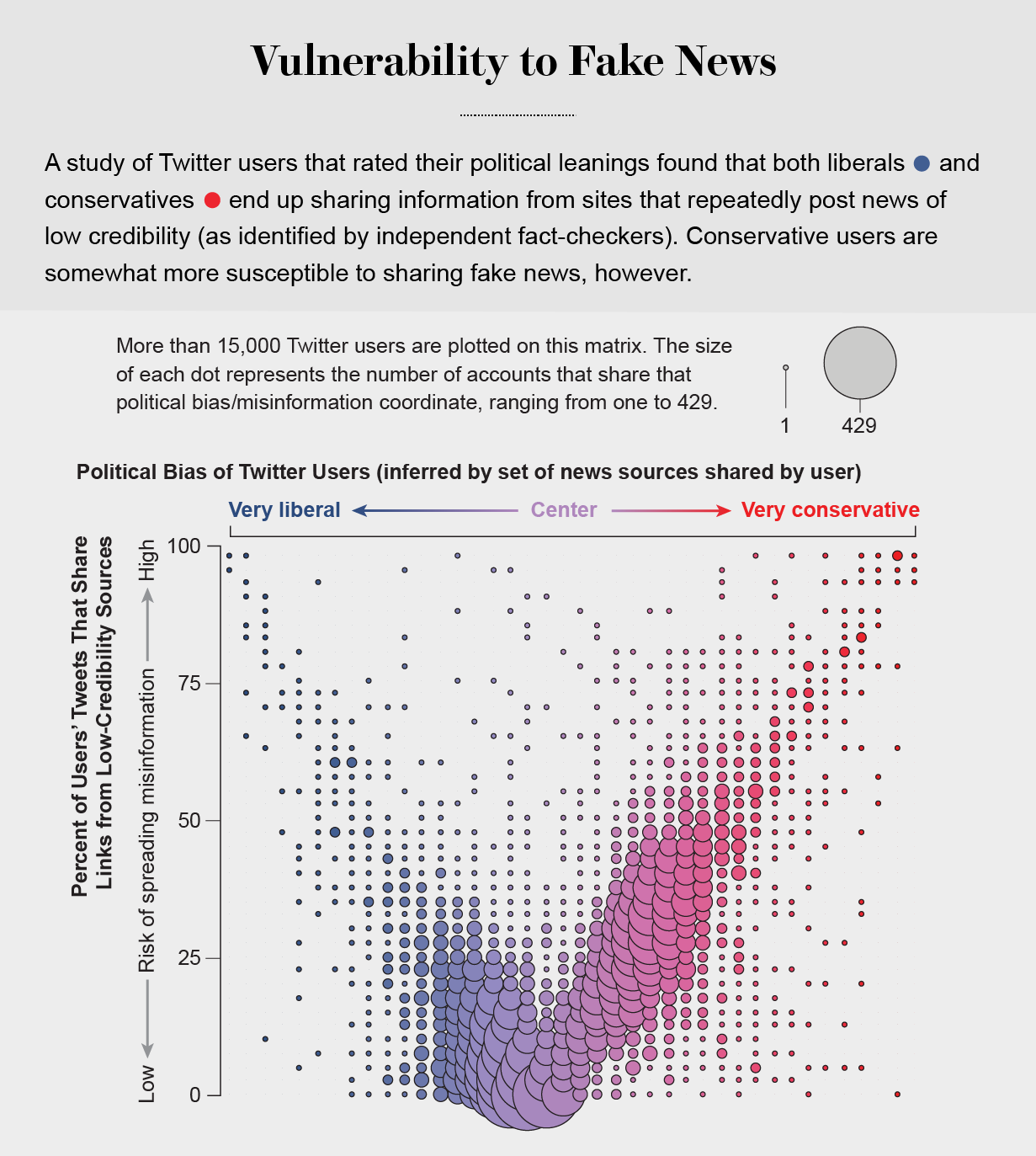In a typically insightful piece, leading MIT economist Daren Acemoglu (he of the ‘Why nations fail’ fame), has cautioned his readers that widening inequality – or lack of ‘shared growth’ – will be the major challenge to crafting an inclusive digital future. This is because automation, shaped by the rising market power of a few very successful tech companies and the current global policy environment, has turned out to be one of the forces fostering greater inequality. Epithets such as the ‘digital divide’ captures these concerns, but there is more to this than just unequal access to digital infrastructure.
Defining automation as ‘…the substitution of machines and algorithms for tasks previously performed by labour’, Acemoglu notes that this process has unfolded throughout history. While there have been job losses, new technology has harnessed sustained improvements in human productivity and engendered new employment opportunities. Yet, this beneficial process can no longer be taken for granted. To start with, a few tech giants, such as Amazon, Alibaba, Alphabet, Facebook and Netflix, are responsible for 66 percent of global expenditure on machine learning and artificial intelligence (AI). They set the agenda on automation which, while privately profitable, is socially suboptimal. Second, the prevailing US-led policy environment has reinforced this misguided agenda. Current estimates suggest that, in the USA, investments in software and equipment are taxed at an effective rate of 5 percent and, in some cases, benefit from net subsidies. On the other hand, labour income is taxed at an effective rate of more than 25 per cent. Such distorted factor prices, combined with the systematic weakening of the bargaining power of organized labour and the dilution of the social welfare state, has led to the baleful configuration of a dearth of good jobs, precarious working conditions and ‘excessive automation’. At the same time, the rise of ‘AI-powered social media’ has incubated disinformation and conspiracy theories on a large scale (see Figure 1 below), as current and recent events have shown. This has fuelled social discord and a weakening of democratic discourse.
These unfortunate developments are not destined to happen. One cannot simply wish them away as the inevitable price of prosperity that a digital future is supposed to engender. One would need a shared global agenda in which there is a determined effort to attenuate distorted factor prices – which is why the effort by US Treasury Secretary (Janet Yellen) to aim for a common, cross-national approach to corporate taxation is so important. It is also necessary to temper the collective market power of a few tech giants, boost the bargaining power of organized labour, invest in the social welfare state and attenuate the digital divide.
Figure 1

thanks alot
LikeLike